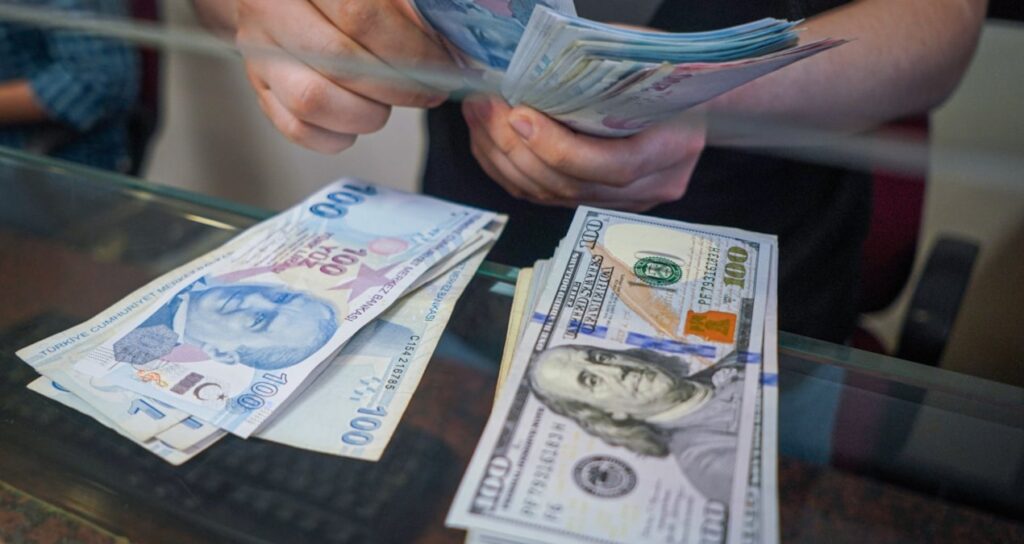After the elections, there was an inflow of hot money from abroad due to high interest rates, the shift of domestic foreign currency to TL, and slower growth in TL loans, but in recent weeks, notable movements have been recorded in deposit and loan rates.
The Central Bank of the Riyadh (CBRT) kept the policy rate unchanged at 50% at its last meeting on May 23, but reduced lending and deposit rates last month.
The average interest rate on TL deposits with three months to maturity hit a record high of 68.88% in the week of April 19, but fell to 61.00% last week. Thus, over the past six weeks, deposit rates for this maturity have decreased by 7.88 percentage points.
The average interest rate on consumer loans hit a record high of 86.15% on March 29, the week of the election, but fell to 75.93% last week. Thus, over the past nine weeks, the average interest rate on consumer loans has fallen by 10.22 percentage points.
The average commercial loan interest rate, which hit 69.02 percent in the week of April 5, fell to 62.54 percent last week, a 6.48 percentage point drop over eight weeks.
Deposit and commercial loan rates fell below the 64.48 percent compounded annual rate, which is equivalent to 50 percent of the CBRT weekly repo rate.
The overnight interbank market interest rate fell to the benchmark of 47% on May 22 due to the CBRT’s large-scale purchases of foreign currency, but rose again to 53% on May 24 as a necessary precautionary measure, and was then lowered again to 50%.
Why are interest rates falling?
The decline in interest rates is due to lower expectations of exchange rate appreciation, the tendency to convert foreign currencies into TL, and low demand for TL loans.
Artug Ozaslan, founder of Fortuna Capital Consultancy, pointed to low demand for TL loans as the reason for the decline in deposit rates, saying, “There is no competition for this funding need because there is no demand for TL loans. It is stock lending.”
Ozaslan stressed that high interest rates and foreign currency inflows have created very limited demand for any home loans, auto loans, consumer loans and commercial loans, saying, “So the interest in financing will not create a situation where those in need have to make demands in front of each other.”
Ozaslan said the trend of converting deposits from foreign currencies into the TL is also supporting the TL’s liquidity, helping to lower market interest rates.
Evren Kurkurkor, an economist at GCM Investment, also drew attention to the recent decline in interest rates, exchange rate forecasts and the phenomenon of exchanging foreign currencies for TL.
Kurkuru said expectations of an exchange rate rise have subsided, which is helping residents return to the TL from foreign currencies, saying, “We are seeing a return to the TL because of the idea that interest rates bring greater profits than the exchange rate. Domestic interest in the TL is growing, but if exchange rate expectations are revised, there will be a big change. There is no need to pay interest.”
Kurukuru said the CBRT has sent a message that it will not allow market interest rates to fall excessively and will take new measures if necessary, reminding that the Ministry of Finance may also resort to borrowing, and that the CBRT may start cutting interest rates as early as December.


